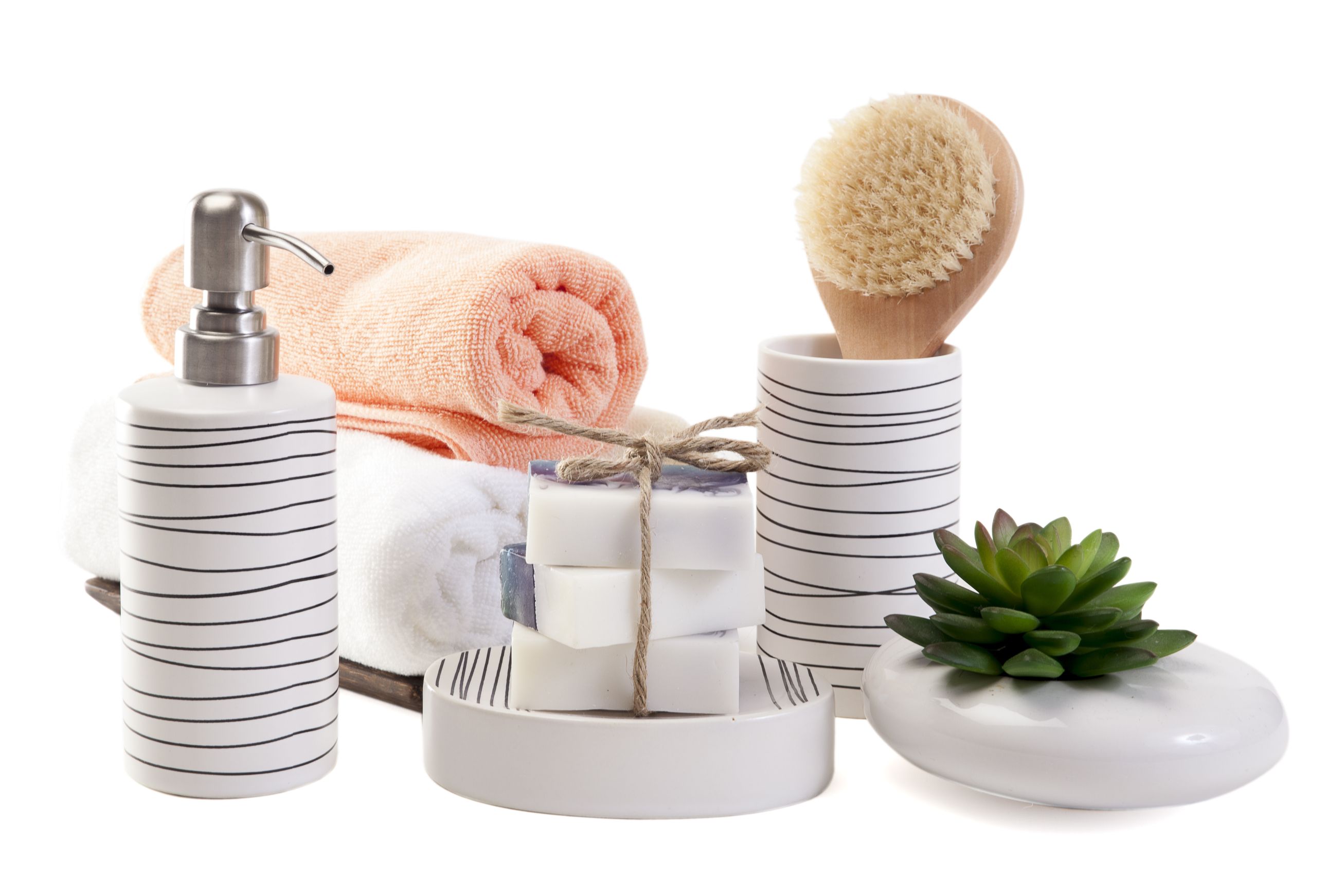Elegant Bathroom Toilet Designs and Features
The bathroom toilet is indeed an elegant device. They are designed based on the premise that water stores at a certain height has enough potential energy to drive the mechanism, The work best if there is pressurized water supplied to the tank. If you do not have pressurized water, the concept still works by pouring a bucket of water down the bowl. Although this simple concept has not changed, the design of toilets has undergone some major changes over the years. New models that use much less water are swiftly gaining in popularity. Sleeker looks and bolder colors are available now as well.
Toilets come in a great variety of styles, shapes, and colors. However, white is the still the gold standard for colors, and vitreous china is the most prevalent material. You can choose integrated toilets where the tank and bowl is a single molded unit, or you can opt for a separate tank. For a Victorian look, you can choose a tank that is mounted high on the wall.
Low flush toilets are becoming more common as water conservation becomes a more serious consideration. It used to take 5 to 7 gallons of water to flush a toilet. National standards now limit this to 1.6 gallons per flush. Water conserving toilets are slightly more expensive that the old 5 - gallon units, but the money you save in water usage will make up the difference quickly.
When the low flush bathroom toilet was introduced, there were three common complaints. It took multiple flushes to clear the bowl, residue tended to remain even after multiple flushes, and they tended to clog easily. New low flush models are greatly improved, but many people still resort to double flushing which negates the water savings that were intended.
Traditional gravity toilets have been improved to reduce the amount of water required for flushing. These improved design features include taller and slimmer tanks, steeper bowls, and less water surface. Pressure assisted toilets use pressure in the water line to create compressed air to empty the bowl. They can be much more expensive. One model in particular uses only gallon of water per flush, but can be three times more expensive than standard gravity toilets. With vacuum flush toilets, two internal chambers create a vacuum that forces water into the bowl and through the trap.
A bidet is not an alternative to a toilet. It is instead a companion. Generally located directly next to the toilet, a bidet is for personal hygiene. Water is supplied by a sprayer mounted either on the back wall of the bottom of the bowl. They have been standard in Europe for decades, but are only recently catching on across the Atlantic. They are being made by every major bathroom fixture manufacturer. They require both a hot and cold water supply line, as well as a drain.
Choosing a toilet depends on the design theme for your bathroom. More traditional designs can use a traditional toilet. Sleek low - profile models will fit better in more contemporary bathroom spaces. If you are wanting for floor space, consider a corner toilet. They have a wedge - shaped tank that fits into the corner.</P> <P>The bathroom toilet is not necessarily the center piece of your bathroom renovation, but it is important enough to demand some attention. If you have the space and desire to make a bold statement, a toilet and bidet combination will be a real eye - catcher. Keep in mind when designing your space that you will need about 48 inches of room depth for the average toilet to fit. Widths can vary from 15 to 24 inches.
Category: Bathroom Accessories
Business News
Popular Posts
- How to become a strategic thinker
- how to balance your mind and achieve greater happiness
- Building a Positive Attitude - Strategies for a Happier and More Fulfilling Life
- Overcoming Negative Thoughts - Strategies for a Positive Mindset
- Cultivating Resilience and Mental Toughness - Keys to Thriving Amidst Lifes Challenges
- 50 positive affirmations to be read every day
- Mind Balance - for those who dare to redefine their limits
- 50 ways to be more like Jesus in everyday life
- Take the Wheel-Navigating Life Beyond the Screen
- Unlocking Potential - The Power of Personality Assessment in Overcoming Obstacles
- The Imperative of Unity - Why SmartGuy and Coexistence is Key to Global Survival
- Universal Pursuit of Happiness - Wisdom from World Religions
- Bridging Divides - Understanding Barriers to Unity and Happiness in World Religions
- A Cautionary Vision - The Grim Future of a Divided World Without Love and Balance
- A Universal Prayer for Peace and Understanding Embracing Diverse Faiths
- Preparing Kids for Adulthood - 15 Vital Skills They Wont Learn in School
- Cultivating Key Skills to Overcome Anti-Semitism and Hate
- Jerusalem's Lesson - A Blueprint for Global Harmony Among Diverse Faiths
- Navigating Diversity - Jerusalem's Tactical Approach to Interfaith Harmony
- Living the Teachings of Jesus - 100 Lessons for a Compassionate and Faithful Life
